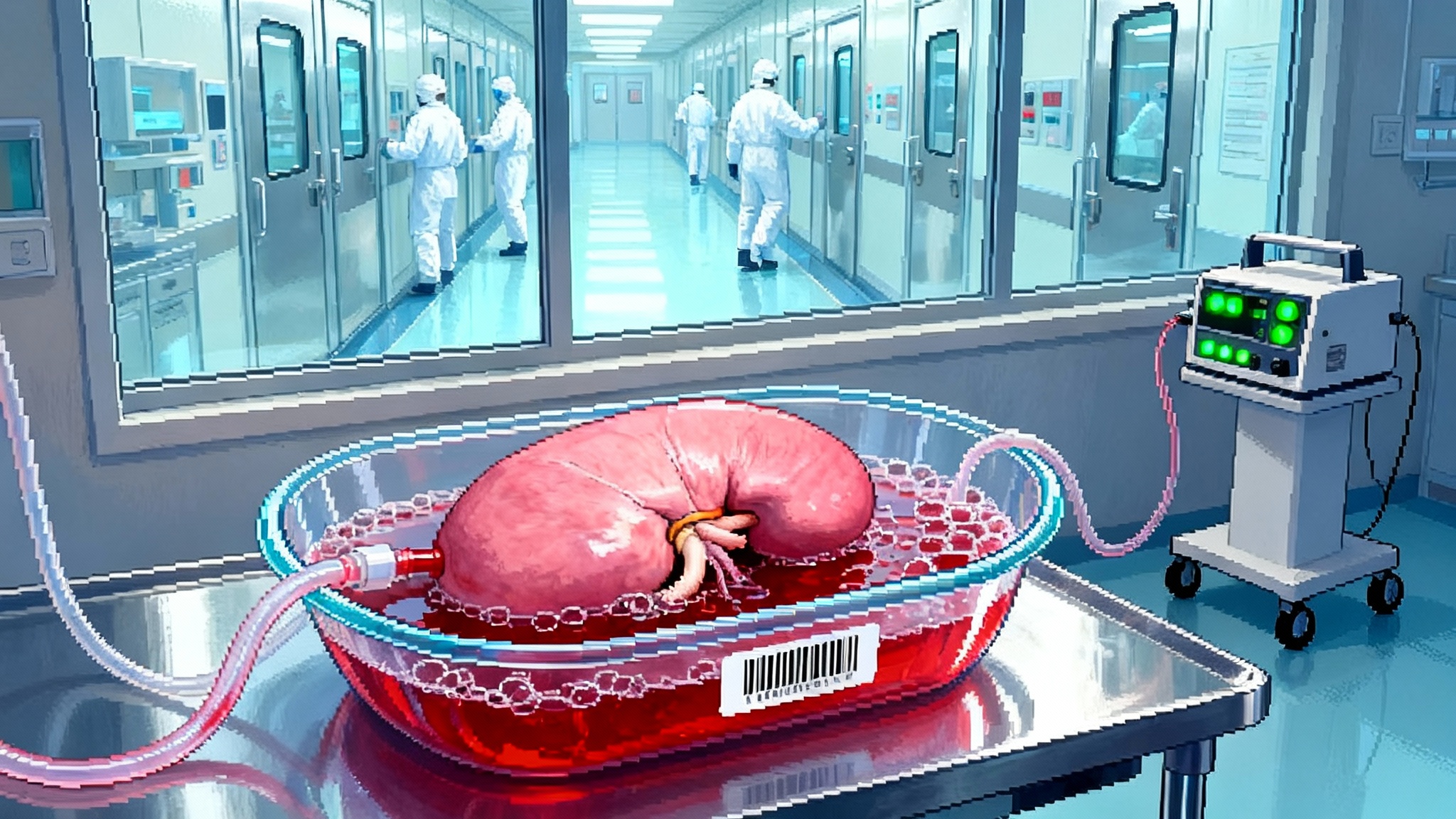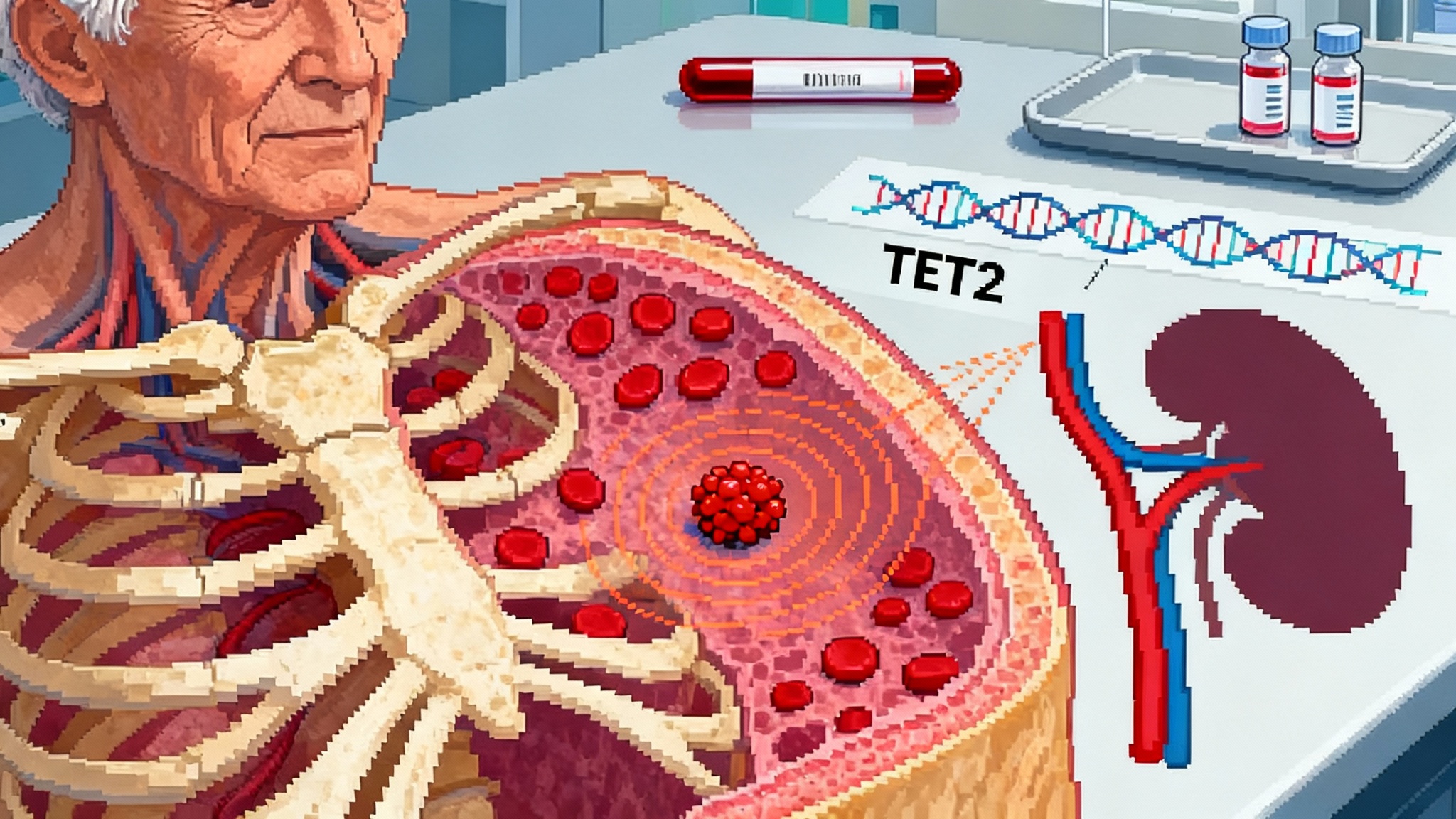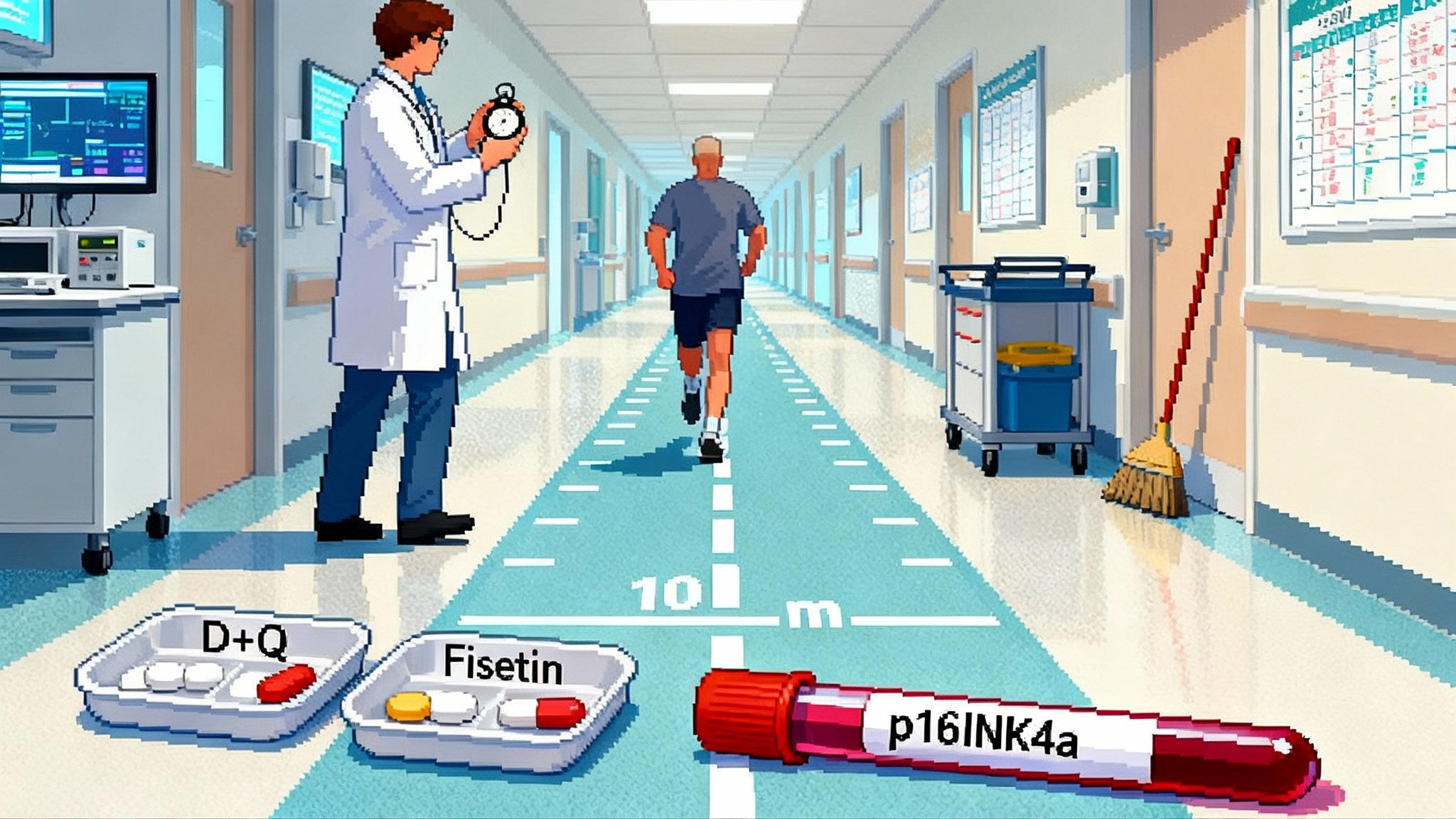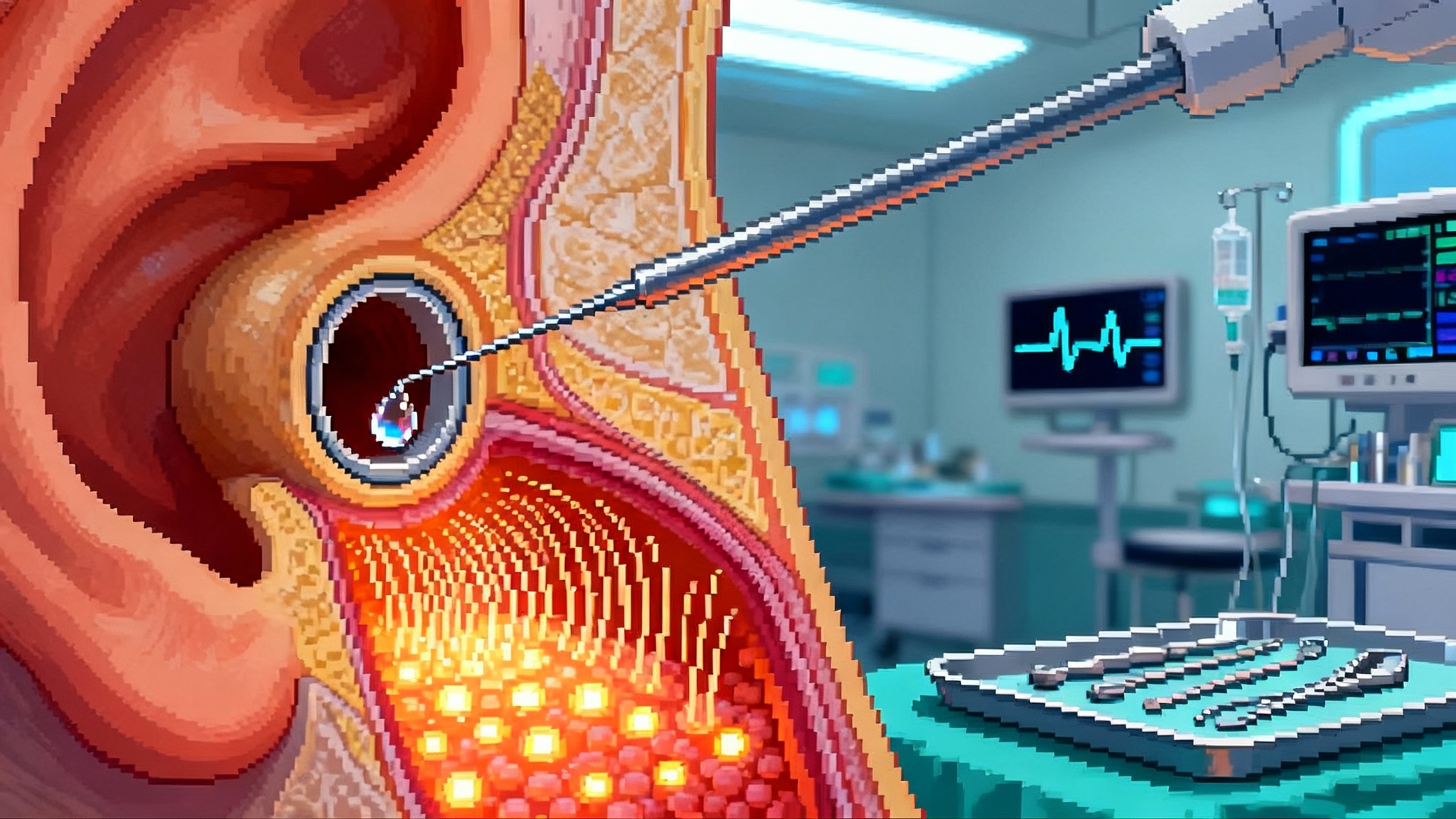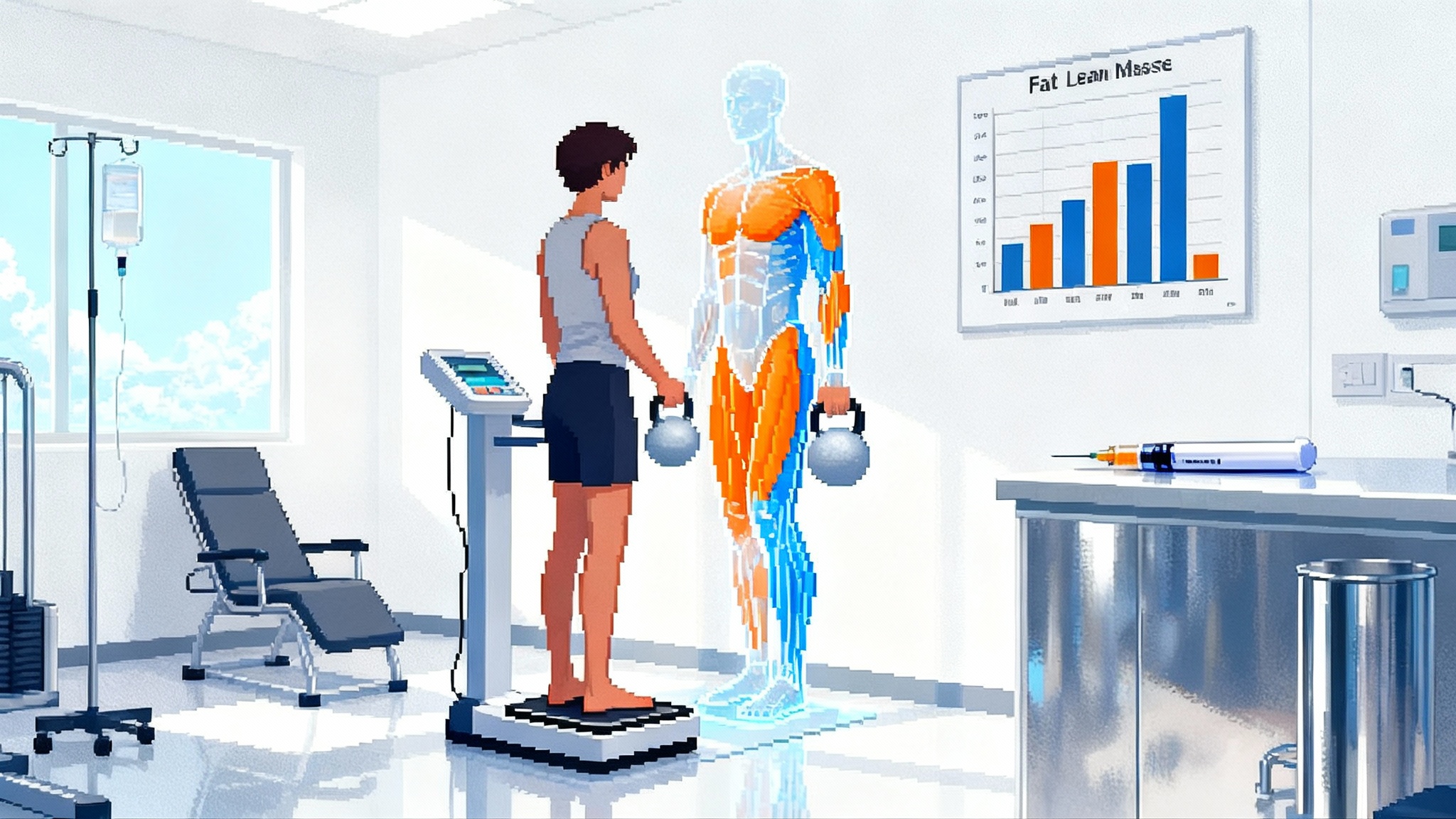Plasma Exchange's First RCT Bends Human Biological Age
A May 2025 single-blind randomized trial from the Buck Institute and Circulate Health reports that therapeutic plasma exchange, especially when paired with intravenous immunoglobulin, shifted multi-omics biological age in older adults. Here is what changed, why it matters, and how this could enter clinics without outrunning the evidence.
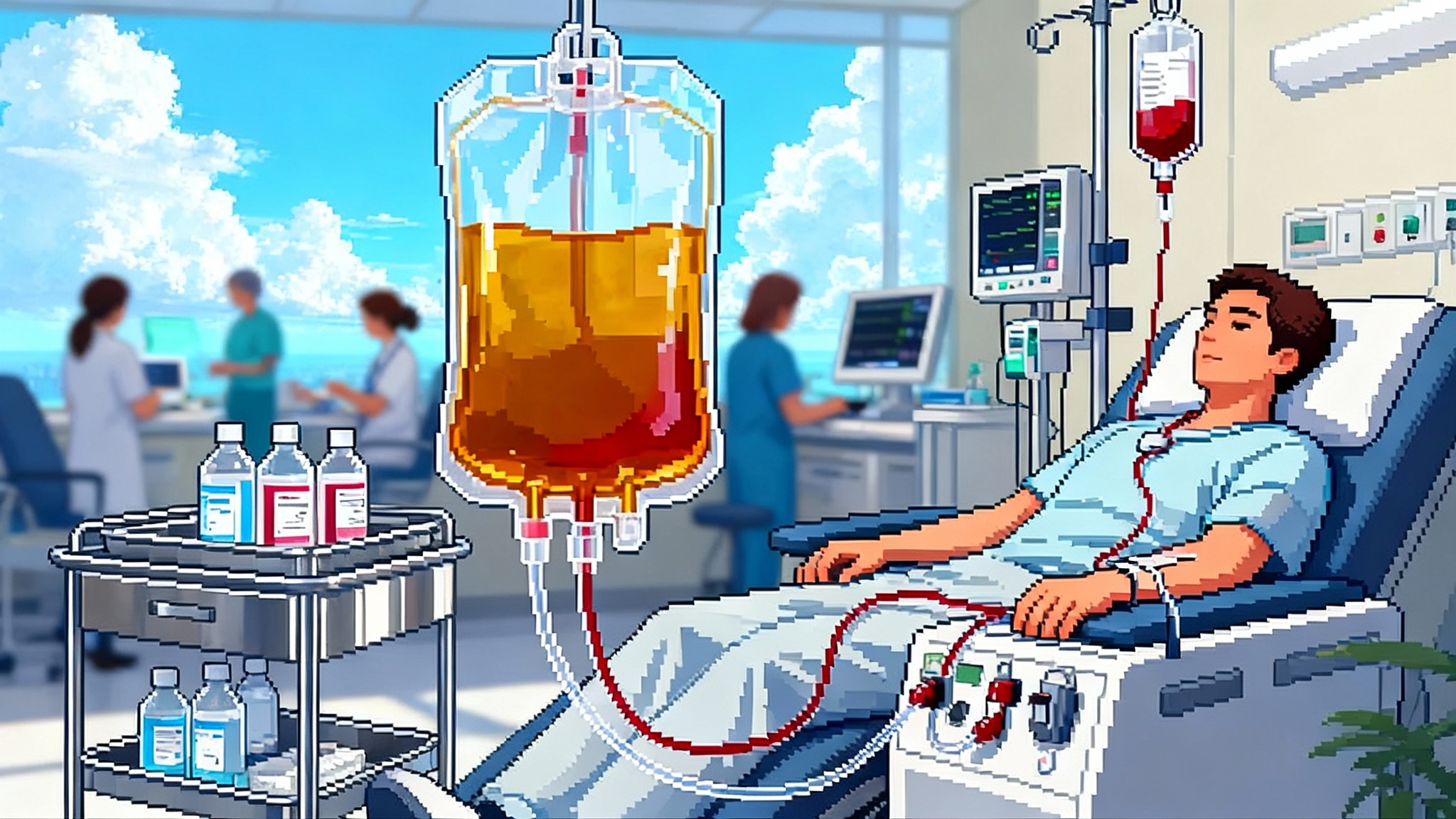
A blood-cleansing procedure just moved biological age
The longevity field has flirted with plasma for years. My mouse parabiosis studies suggested that circulating factors in blood help set the tone of aging biology. Yet for humans the evidence has been more hope than proof. That changed on May 28, 2025, when a single-blind, randomized, placebo-controlled trial in Aging Cell reported that therapeutic plasma exchange lowered multi-omics measures of biological age in adults over 50, with the largest shift when plasma exchange was paired with intravenous immunoglobulin. It is the first rigorously controlled human study to show coordinated changes across clocks and immune remodeling rather than only anecdotes or small case series. See the Aging Cell randomized trial.
This is not immortality in a syringe. It is a careful step that tells clinicians and regulators something important about mechanism. Biological age can move in the right direction after a defined intervention, and the immune system appears to tilt toward a younger state. The question now is how to harness that signal without outrunning the evidence.
What biological age actually measures
Chronological age is the calendar on your wall. Biological age is the wear on the tires and the quality of the engine oil. Scientists estimate it by looking at molecular and cellular patterns that correlate with future health risk.
- Epigenetic clocks: specific methyl groups attached to DNA move in reproducible patterns with age. When many of those sites are combined into a model, the resulting clock often predicts mortality and disease risk better than birthdays do.
- Proteome and metabolome: the levels of circulating proteins and metabolites change with age. Think of this as the biochemical traffic report, showing how much inflammatory traffic, oxidative stress, and tissue repair is happening.
- Glycome: sugar chains that decorate antibodies and other proteins shift with age, often toward a more inflammatory pattern.
- Immune remodeling and iAge: the immune system accumulates a chronic, low grade inflammatory tone with age. Multi-parameter immune assays can estimate an immune age that tracks with frailty and disease risk.
A trial that can move several of these at once gets attention because it suggests a coordinated reset rather than a cosmetic tweak to one marker.
Inside the Buck Institute and Circulate Health trial
The study enrolled 42 adults over 50 and randomized them to four arms for six total sessions over several months: biweekly therapeutic plasma exchange, biweekly exchange plus intravenous immunoglobulin, monthly exchange, or a sham procedure. Participants and assessors were blinded to condition. The primary question was safety and the effect on biological clocks, with an exploratory deep dive across the epigenome, proteome, metabolome, glycome, cytokines, iAge, and immune cell composition.
Key results:
- Composite biological age decreased across multiple measures in the active arms, with the largest effect in the biweekly plasma exchange plus intravenous immunoglobulin group. On average, that combination reduced composite biological age by roughly 2.6 years, compared with about 1.3 years for exchange alone.
- Fifteen epigenetic clocks shifted toward a younger state compared with placebo, suggesting the effect is not a quirk of one model.
- Immune remodeling pointed younger. Age-related shifts in immune cell subsets and inflammatory proteins moved toward patterns seen in younger profiles.
- Safety was acceptable in this small sample. The trial reported two adverse events that required discontinuation, one associated with intravenous immunoglobulin. That is a reminder that this is a medical procedure, not a spa treatment.
- Diminishing returns emerged after the first three sessions, hinting that spacing, cycling, or combining with other interventions may matter.
For a readable overview, see the Buck Institute news summary.
Why this moves beyond mouse parabiosis hype
Parabiosis studies joined the circulatory systems of young and old mice and saw functional changes in tissues. They sparked a narrative that young blood rejuvenates and old blood degrades. But that work is hard to translate to humans and does not tell clinicians what to do on Monday morning.
Therapeutic plasma exchange is different. It is an established hospital procedure used for conditions like myasthenia gravis or thrombotic thrombocytopenic purpura. In exchange, a machine removes a portion of a patient’s plasma and replaces it with a sterile substitute solution, often albumin in saline, while returning the blood cells. The Buck study provides human data that this very specific, controllable procedure can shift multiple aging-relevant pathways at once. It is actionable, reproducible, and fits into existing clinical workflows. This is part of a broader turn toward interventional geroscience alongside trials like senolytics’ first real test and precision cardiometabolic tools such as one-shot LDL editing arrives.
Why intravenous immunoglobulin likely mattered
Plasma exchange removes not only problematic factors but also helpful ones, including antibodies. That is probably why adding intravenous immunoglobulin after exchange enhanced the biological age shift. Intravenous immunoglobulin is a concentrated antibody preparation pooled from screened donors. Clinicians already use it for immune deficiency and certain autoimmune diseases. In the aging context it may do three useful things after exchange: restore antibody levels, tilt immune signaling away from chronic inflammation, and provide a temporary anti-inflammatory buffer while the body resets its own production. The trial’s immune data support this idea, with age-skewed immune cell compositions moving toward a more youthful balance in the exchange plus immunoglobulin arm.
Clinic realities: what it takes to deliver plasma exchange safely
Plasma exchange is not a pill. It is a procedure that belongs in medically supervised settings with trained staff and protocols.
- Hardware and staffing: an apheresis machine, sterile disposables, and a trained apheresis nurse or physician. Sessions typically last 2 to 3 hours. Most patients use large-bore peripheral venous access. Some require a temporary central line if veins are poor.
- What actually happens: blood flows into the device, plasma separates from cells, discarded plasma volume is replaced with albumin solution and electrolytes, and the patient’s own blood cells return. Anticoagulant is infused into the circuit to prevent clotting and calcium supplementation is common to offset citrate.
- Monitoring and risks: vital signs, electrolytes, and coagulation factors are monitored. Expected side effects include light headedness, chills, hives, transient low blood pressure, and tingling from low calcium. Rare but serious events include allergic reactions, line complications, bleeding, and infections. Intravenous immunoglobulin adds its own risk profile, such as headache, thrombosis in susceptible individuals, and infusion reactions.
- Cost and access: in-hospital indications are typically covered by insurance. In longevity clinics that offer exchange as an elective service, patients currently pay out of pocket. Reported prices are commonly in the thousands of dollars per session, often in the high four to low five figures depending on the center, the replacement fluids, and whether immunoglobulin is used.
Who looks like a good candidate today
The trial offers early hints, not final rules. People who began with worse metabolic and inflammatory markers tended to show larger biological age improvements. That suggests the initial use case is not the healthiest fifty year old but rather older adults with signs of systemic inflammation or metabolic dysfunction who are otherwise stable.
A sensible clinical intake might include:
- Baseline labs: complete blood count, comprehensive metabolic panel, fasting lipids, hemoglobin A1c, C reactive protein, fibrinogen, immunoglobulin levels, and a coagulation panel.
- Risk screen: history of bleeding disorders, unstable cardiovascular disease, severe anemia, uncontrolled hypertension, or active infection. Review of allergies, prior reactions to blood products, and thrombotic risk before intravenous immunoglobulin.
- Vaccination check: live vaccines should be planned carefully around intravenous immunoglobulin because antibody preparations can interfere with vaccine responses. Non live vaccines may be timed to avoid periods of transient immune modulation.
- Access plan: use peripheral large-bore access when possible; reserve central lines for those with poor veins and clear medical justification.
- Follow up: schedule lab checks for electrolytes and coagulation factors after early sessions, plus symptom tracking and functional measures such as grip strength or balance.
What remains unproven
- Durability: how long the multi-omics changes persist after the last session. The trial suggests early strong responses with diminishing returns by sessions four to six. That opens questions about optimal spacing or maintenance.
- Hard endpoints: reduced infections, fewer hospitalizations, improved mobility, or lower mortality. The study notes no clinically meaningful changes in functional outcomes in the short window observed.
- Generalizability: the sample was small and skewed to older adults. Effects in people with different ancestries, comorbidities, and medications need testing.
- Mechanism details: which specific proteins or immune circuits are the primary drivers of the signal. The multi-omics analysis offers leads, but cause and effect still need to be nailed down.
Trials to watch through 2026
Expect replication on three fronts. First, larger, multicenter randomized trials that keep the placebo control and include longer follow-up windows of six to twelve months. Second, indication-focused studies that use plasma exchange to reduce inflammaging in diseases where inflammation drives outcomes, such as heart failure with preserved ejection fraction or treatment-resistant autoimmune conditions in older adults. Third, protocol optimization studies that test spacing, number of sessions, albumin concentration, and the timing and dosing of intravenous immunoglobulin. This aligns with a wider push to convert aging biology into outcomes, as seen when CHIP becomes a treatable target.
A grounded, accelerationist roadmap
If you are a clinician or a health system optimizer, here is a practical way to move fast without breaking the evidence.
- Build a safety-first playbook
- Run exchange in accredited infusion centers or hospital-affiliated clinics with board-certified oversight.
- Standardize pre-procedure labs, calcium supplementation, anticoagulant dosing, and anaphylaxis protocols.
- Keep a clear stop-rule list for symptoms and lab thresholds.
- Select the right patients
- Prioritize older adults with elevated inflammatory or metabolic markers who have plateaued on lifestyle and standard medical care.
- Exclude those with unstable cardiopulmonary disease, significant anemia, bleeding disorders, or uncontrolled infection.
- Pair with the basics that move longevity in trials
- Resistance training and protein intake mapped to observed sarcopenia. The immune and proteomic shifts may land better if muscles are being challenged to remodel.
- Metabolic control through nutrition and medications when indicated. If the baseline is insulin resistance, use proven tools to fix it rather than asking plasma exchange to carry the load alone.
- Sleep and vaccination strategies. Time vaccines outside the acute immunoglobulin window and use plasma exchange periods to reinforce sleep hygiene that supports immune function.
- Measure what matters beyond clocks
- Combine multi-omics assays with practical outcomes: infection days per year, unplanned hospital visits, six-minute walk distance, and patient-reported energy or fatigue. If the promise is healthspan, show it.
- Optimize the regimen rather than over-dosing
- The early hint of diminishing returns after three sessions argues for spacing or cycling. Pilot every four to eight weeks with reassessment rather than stacking back-to-back visits. Use immunoglobulin when antibody levels or immune risk justify it, not reflexively for everyone.
- Participate in registries and trials
- If you offer exchange, contribute anonymized data with consistent endpoints. Encourage patients to enroll in randomized studies. Acceleration is not just speed, it is coordinated learning.
What to tell patients right now
- What it does: plasma exchange removes a significant portion of plasma proteins that accumulate with age and replaces the fluid. Adding intravenous immunoglobulin can stabilize immunity in the near term and may enhance beneficial shifts.
- What we know: in a randomized trial, biological age markers and immune profiles shifted in a younger direction, most strongly with exchange plus immunoglobulin. Safety looked acceptable in a small sample.
- What we do not know: how long the effect lasts, whether it improves risk of disease or death, and who benefits most. There were no short-term functional gains measured in this first study.
- What it costs: if done outside a traditional medical indication, patients pay out of pocket and should budget thousands of dollars per session, with higher costs when immunoglobulin is used.
The near future in one picture
The image to hold in mind is not a bag of young blood. It is an apheresis machine in a bright outpatient room, with clear tubing returning a patient’s own red cells and a fresh albumin solution replacing what was removed. On a screen nearby, a dashboard tracks not only methylation clocks but also simple outcomes like steps per day and infections avoided. A nurse checks calcium infusion rates. A calendar nudges the next strength session and a follow-up lab draw.
That is the shape of responsible rejuvenation: coupling a big lever that the body notices with fundamentals that turn molecular gains into life gains. The May 2025 study opened the door. The next two years will decide whether plasma exchange with immunoglobulin becomes a specialty tool for specific patients or a broader adjunct to healthy aging care. Either way, the field just got a human proof point worth building on.

